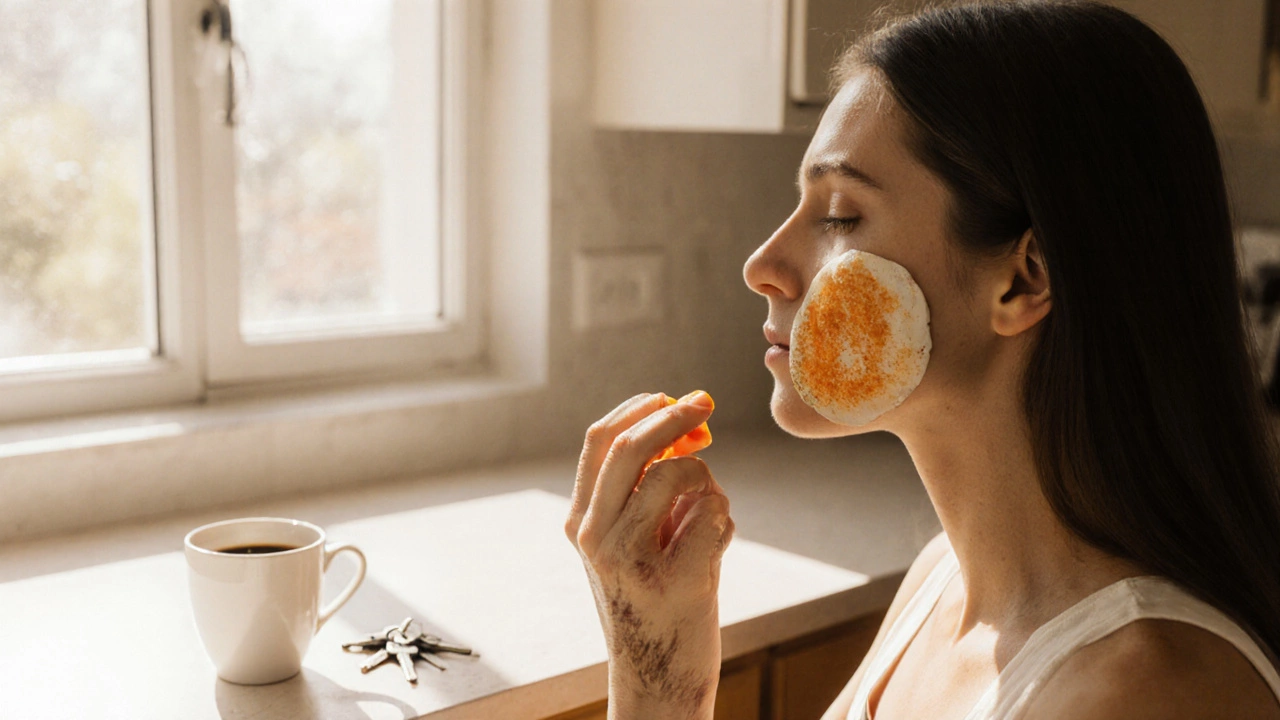Sun Protection: What Really Works for Skin and Nails
When you think of sun protection, the practice of shielding your body from harmful ultraviolet radiation to prevent skin damage and premature aging. Also known as UV defense, it's not just about avoiding sunburns—it’s about stopping long-term damage that shows up years later. Most people focus on their face or arms, but your nails, the hard keratin plates on your fingertips that protect the underlying tissue and reflect your overall health are just as vulnerable. Every time you sit near a window, drive in a car, or step outside, your nails and the skin around them are getting hit by UVA rays that break down collagen, dry out cuticles, and even cause discoloration or brittleness over time.
Sunscreen, a topical product designed to absorb or reflect UV radiation and reduce skin damage is the go-to tool, but not all of them work the same. Physical blockers like zinc oxide and titanium dioxide sit on top of the skin and reflect sunlight—no guesswork. Chemical sunscreens absorb UV rays, but they need to be reapplied every two hours, especially if you’re washing your hands or wiping them on a towel. And here’s the thing: if you’re getting gel manicures or acrylics, you’re still exposed. Nail enhancements don’t block UV. In fact, the UV lamps used in salons to cure gels add another layer of exposure—so wearing gloves with fingertips cut off or applying sunscreen to your hands before a salon visit makes a real difference.
People who work in salons, spend time outdoors, or just love a good manicure often don’t realize that UV damage, the cumulative harm caused by prolonged exposure to ultraviolet light, leading to premature aging, pigmentation changes, and increased cancer risk shows up differently on nails than on skin. You might see yellowing, ridges, or thinning nails—not the classic burn you expect. And while you can’t reverse all the damage, you can stop it from getting worse. Daily hand cream with SPF, even a light one, helps. So does choosing nail polishes with built-in UV filters. You don’t need to go full spa mode—just make sun protection part of your routine like brushing your teeth.
What you’ll find in the posts below isn’t a list of fancy products or overhyped routines. It’s real talk about what actually protects your skin and nails, what doesn’t, and how small habits add up over time. You’ll see how brands like Elf and Neutrogena stack up in terms of sun safety, why some "natural" products still let UV rays through, and how your daily choices—whether you’re washing your hair, picking a moisturizer, or getting your nails done—connect back to one simple truth: sun protection isn’t optional. It’s the quiet hero your skin and nails have been waiting for.
What Is the Most Anti-Aging Thing You Can Do?
The most effective anti-aging habit is daily sun protection. Combine it with sleep, low sugar, no smoking, and movement to truly slow skin aging. No cream beats consistency.
